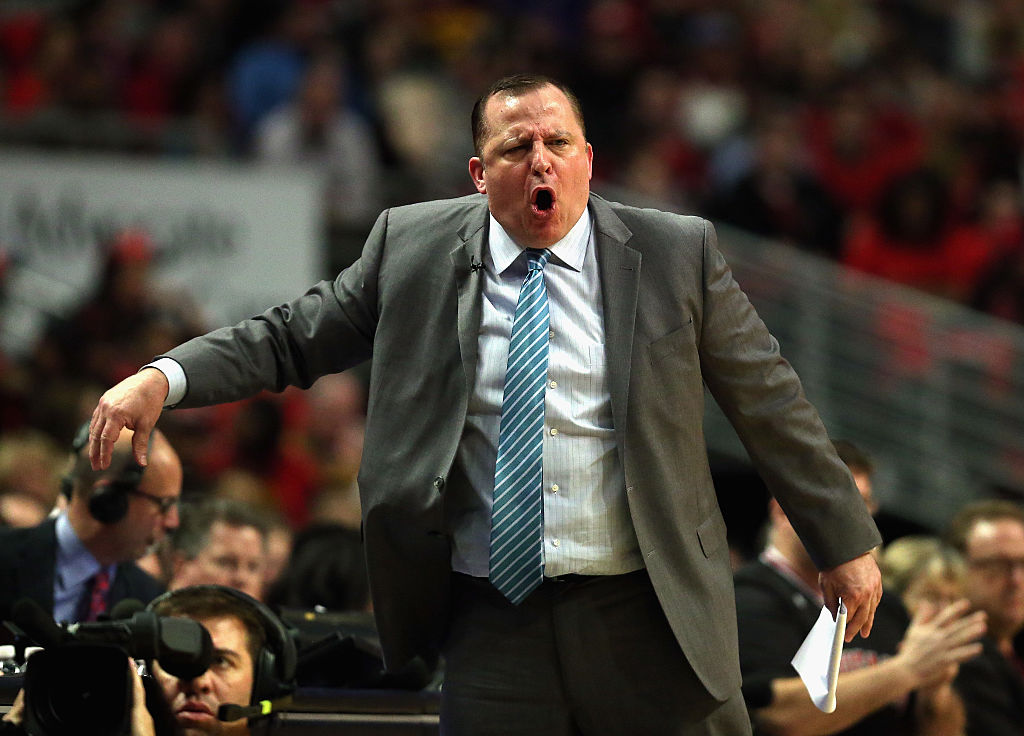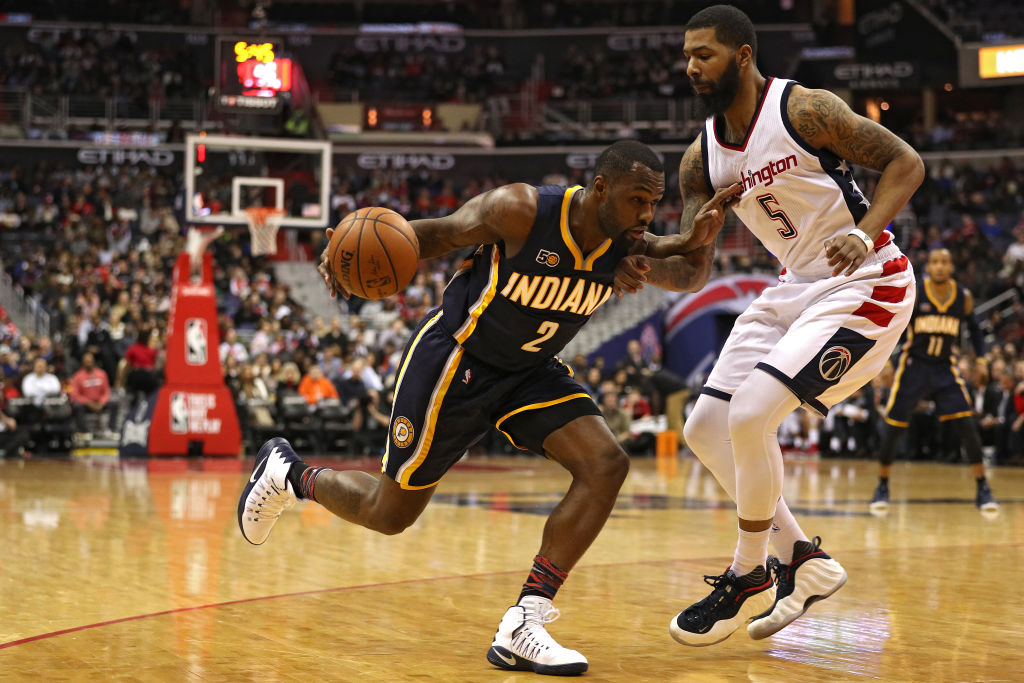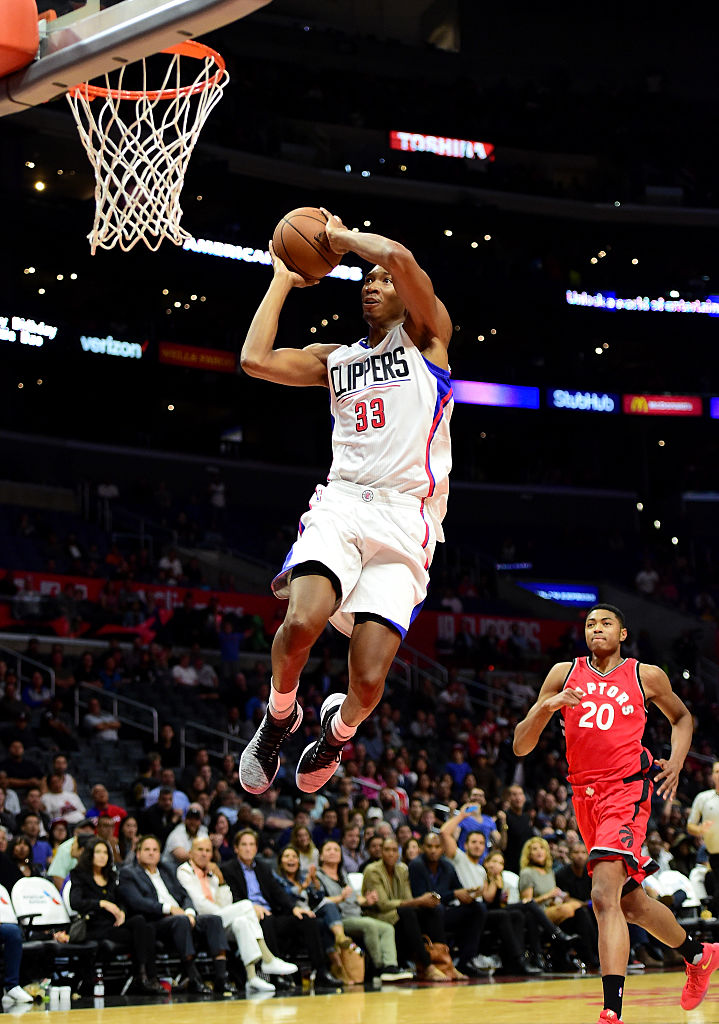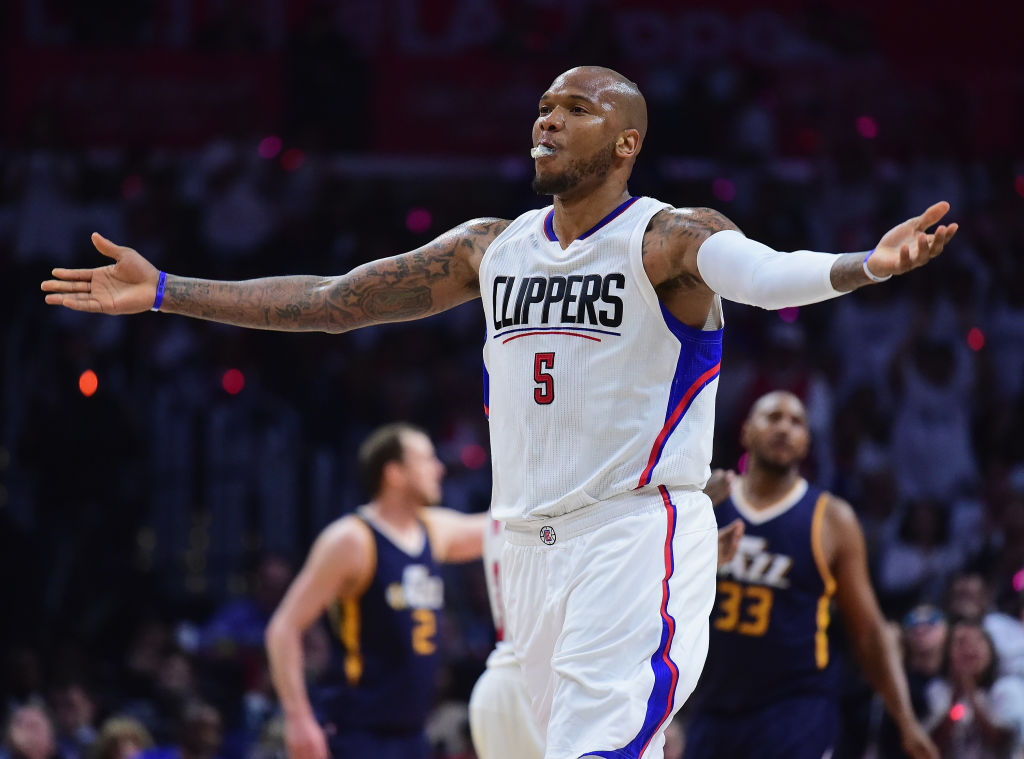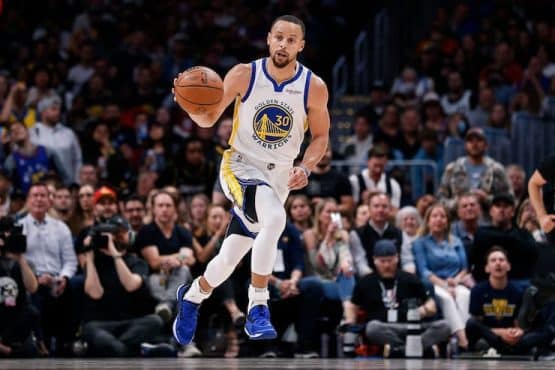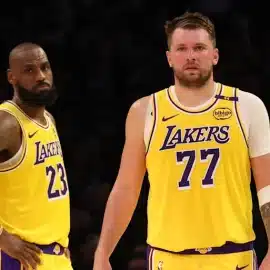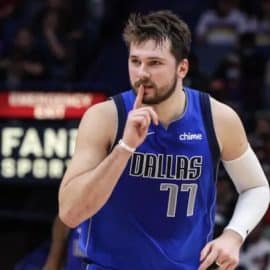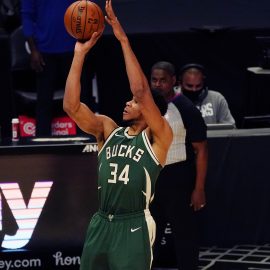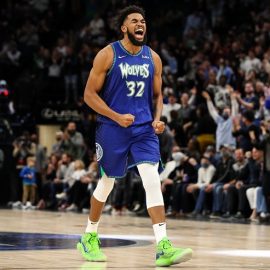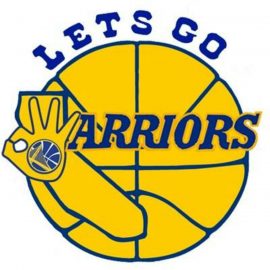The flash of free agency comes in the form of high flying, high priced stars and their decisions regarding their futures. On the heels of these major signings, mid-level and upstart players reach deals with teams. At this point, rosters are starting to take shape but are far from finalized.
NBA front office executives do the lion’s share of their work once the majority of their cap room is used and the most lauded players are off the board. Players on veteran minimum contracts fill out NBA rosters and, at times, can play a crucial role to the success of their respective teams.
Much of the 2017-18 free agency money has been spent but there are still talented players deserving of an NBA home available on the market. Who will sign for veteran minimum deals and provide outstanding value to their future team?
The Timberwolves find themselves having inked substantial deals for Jeff Teague and Taj Gibson to complement the recent acquisition of Jimmy Butler. They also signed Jamal Crawford to a reasonable deal in the range of $4 million for the next two seasons.
While veteran minimum contracts may seem like an afterthought necessary only to fill roster spots, this is a time of year when free agency can be won or lost.
Tom Thibodeau is a man of few words to the media but the one thing he made clear at a recent press conference was that the team was prioritizing wing depth and a backup point guard (per Jace Frederick/twincities.com).
What kind of talent can Wolves fans expect to be on their roster in October?
What are some of the best veteran minimum contracts in recent history?
2013-14
Shaun Livingston– Brooklyn Nets
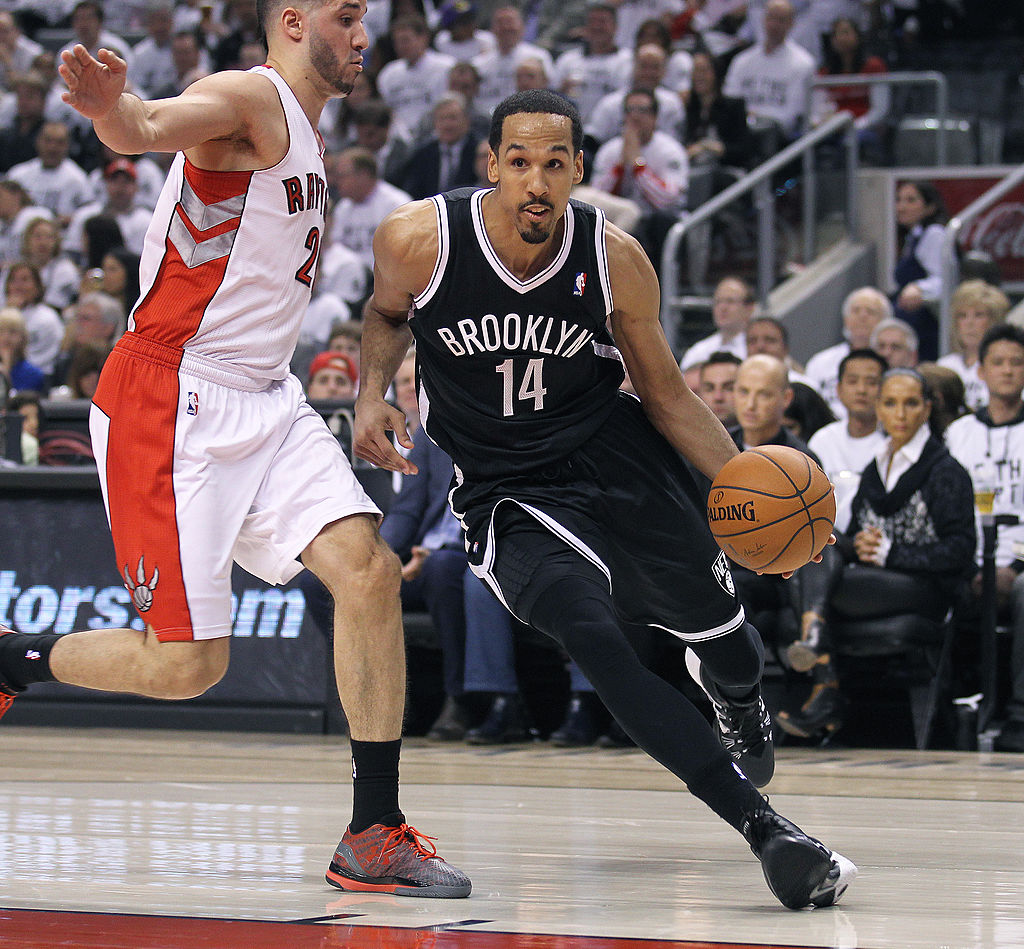
The 2013 season was Brooklyn’s giant swing at the big time. In one emphatic motion, Billy King and Mikhail Prokhorov pushed all of their chips to the center of the table; mortgaging the team’s future for one shot at the ultimate prize.
Bringing Kevin Garnett and Paul Pierce to town to play alongside Deron WIlliams and Joe Johnson left the team in need of some help from role players on the cheap.
Shaun Livingston, fresh off three straight seasons without major injury, looked to be regaining his form. After splitting the 2012-13 season between the Wizards and Cavs, Livingston found himself in Brooklyn on a minimum deal.
He acted as both the backup and running mate to Deron Williams; averaging 26 minutes per night, his highest since the 2006-07 season in which he suffered a career altering knee injury.
While the team failed to live up to lofty expectations; Livingston posted respectable 8.3 points, 3.2 rebounds, and 3.2 assists per game on 48% field goal and 82% free throw shooting.
Though the team finished the season a lukewarm 44-38, Shaun Livingston revitalized his career in Brooklyn and earned his spot on the 2014-15 Golden State Warriors.
Nick Young– Los Angeles Lakers
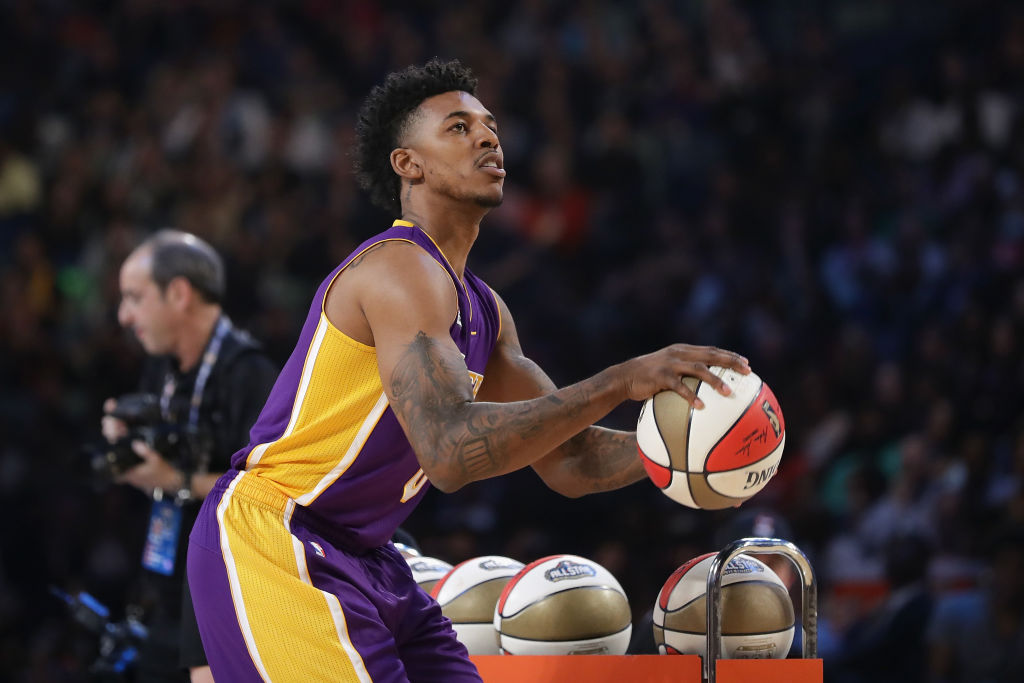
The 2013-14 Lakers were in a hangover year following a season when the front office thought they had assembled their own super team around Kobe Bryant.
The Dwight Howard and Steve Nash experiment didn’t work. Howard’s one year with the team was marred with conflict between himself and Black Mamba. Nash played just over half of the season and was, at best, a shadow of the former MVP.
Entering the 2013 offseason, Mitch Kupchak and friends were left with a handful of broken pieces and a healthy amount of salary due to players on their roster unable to maximize their capabilities.
Enter Nick Young.
Young, entering the seventh year of his career, was coming off a pair of injury shortened shortened seasons. Viewed by many in the league as a one trick pony, Young was forced to take a minimum deal with the Lakers and prove his fit in the NBA.
Swaggy P played a solid 28 minutes per game and averaged a career high 17.9 points. He also posted his highest USG% and eFG% in his career.
While the Lakers had a terrible season, finishing 27-55, they managed to find a solid scoring option in Nick Young.
This breakout season earned Swaggy P a 4 yr/$21.5 million contract.
Wesley Johnson– Los Angeles Lakers
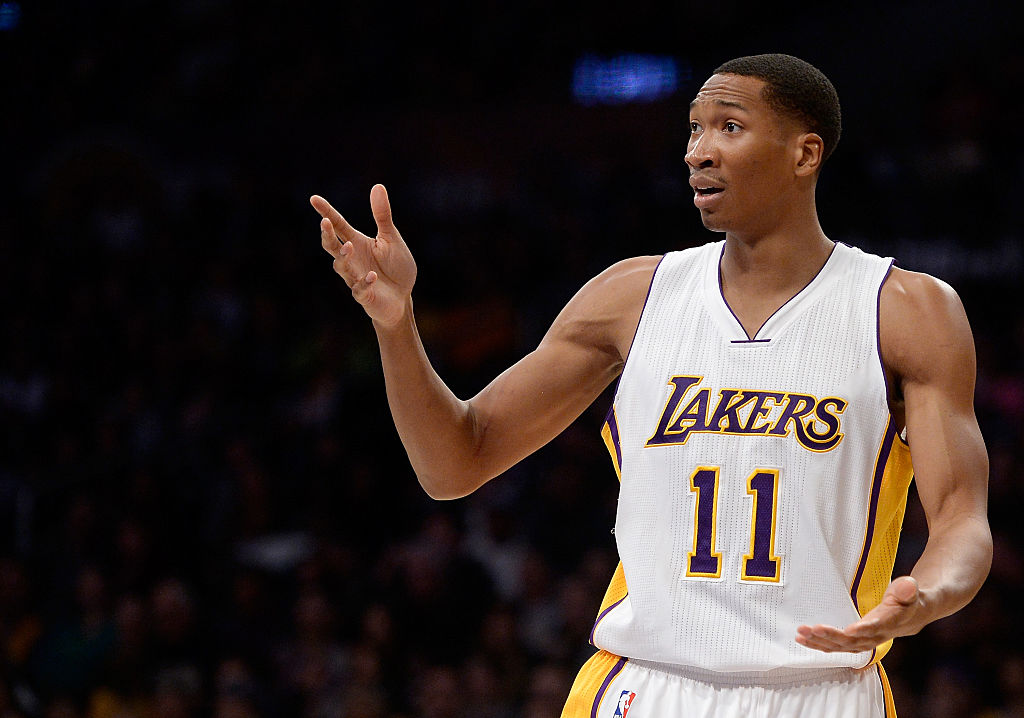
Another player on the terrible 2013-14 LA Lakers, Wes Johnson found himself on his third team in four years.
The former top-five draft pick by the Timberwolves struggled hard to get out of the gates in his first three seasons in the league.
Stepping right into a starting role for the struggling Lakers, Johnson played a career high 28 minutes per game and averaged a career high 9.1 points.
While not a high usage player, Johnson filled a need for the Lakers: a long wing who could hit shots and defend.
Johnson’s BPM and VORP (box plus/minus and value over replacement player) were respectable 1.3 and 1.2, and his 36% long range shooting was respectable.
Following this year and one more rough season with the Lakers, Johnson made the trip down the hall in Staples Center to become a key role player for the Clippers.
2014-15
Aaron Brooks– Chicago Bulls
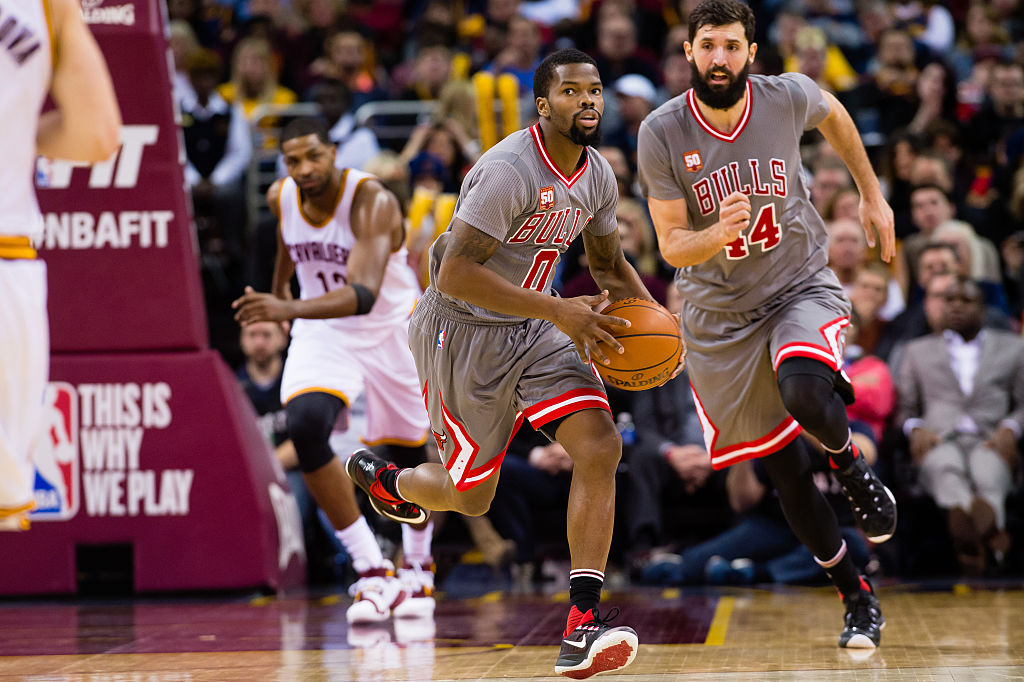
Coming off another solid finish to the 2013-14 season, the Bulls were looking to retool and take another major step forward.
Signing Pau Gasol away from the Lakers signalled an all-in mentality around a respectable core of the Spaniard, Derrick Rose, Joakim Noah, Jimmy Butler, and Taj Gibson.
The only clear hole on the Bulls roster was a backup point guard to Derrick Rose.
Signing Aaron Brooks, the eighth year floor general, they filled that void. Brooks, who spent time with four NBA teams and a year in China, struggled to this point in his career to find his fit.
Playing behind and alongside Rose allowed Brooks to flourish, playing 23 minutes and scoring over eleven points per game. He hit 38.7% of his threes, a couple points better than league average.
Brooks even found himself starting 21 games over the course of the season in the place of the oft-injured Rose.
Rodney Stuckey– Indiana Pacers
Coming off the 2013-14 season when they placed first in the Central division, the Pacers were looking to run it back with their key pieces.
Paul George, Roy Hibbert, and David West were expensive. George Hill, C.J. Watson, and C.J. Miles were capable role players to surround them. What else was the team looking for?
Enter Rodney Stuckey, an 8th year combo forward coming off seven straight years with the division rival Pistons.
Stuckey agreed to join the Pacers on a veteran minimum contract and stepped right into valuable minutes. He played 26 minutes per game and even started 36 games.
Stuckey’s 12/3/3 stat line was respectable and shot a legitimate 39% from distance.
For reasons not directly related to Stuckey joining the team; the Pacers took a big step back in their trajectory, finishing a disappointing 38-44.
Positively for Stuckey, he parlayed his minimum contract into future stability in the league with a quality season.
James Jones– Cleveland Cavaliers
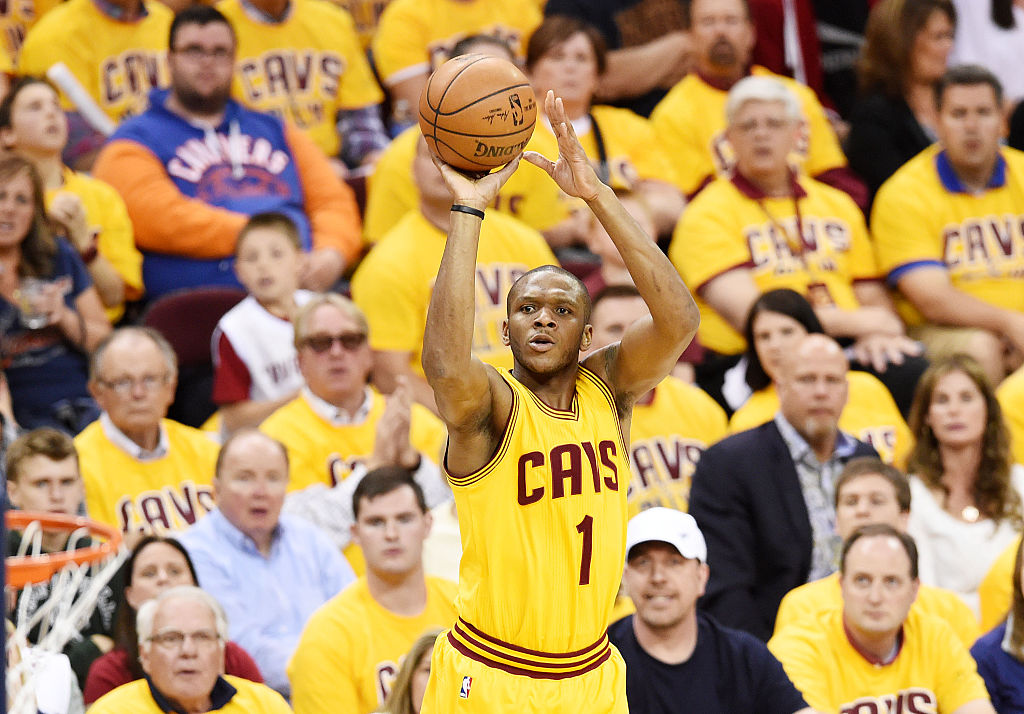
The other names on this list are notable for their on court achievements and roles on their teams. James Jones is a little different.
When Lebron James goes somewhere, he brings his guys.
Per Dave McMenamin of ESPN, Lebron said “I told J.J., as long as I’m playing, he’s going to be around,” James said last week. “He’s not allowed to stop playing basketball. So, I’m going to make sure I got a roster spot for him. I love him. He’s the greatest teammate I’ve ever had.”
Lebron’s decision to return home to Cleveland in the 2014 offseason also signaled a move for the King’s “favorite player of all time.” (also via McMenamin/ESPN)
Cleveland front office executives got a package deal in Lebron and Jones and I don’t think they protested too much.
The lanky, long range shooting bench player played a much more important role on the team than anything he could do on the court.
He was the support system for the best player in the world…well worth a minimum contract.
2015-16
Wesley Johnson- Los Angeles Clippers
Wesley Johnson shows up on this list again. After two long, losing seasons with the Lakers, Johnson didn’t have to travel far to get to his new NBA home.
Johnson joined a Clippers cast of Chris Paul, Blake Griffin, and DeAndre Jordan. With J.J. Redick and Jamal Crawford on the wings, Johnson stepped in immediately as the best wing defender on the team.
While his minutes and points per game (20.8/6.9) regressed from his Lakers days, Johnson upped his defensive presence with the lighter offensive workload.
Wes recorded a career high defensive box plus/minus rating of 1.8 and was tasked as the lockdown defender on star caliber wings on a nightly basis.
The Clippers failed to take the step into the very top of the league, but Johnson on a minimum contract was a tremendous value for a perennial playoff contender.
Cole Aldrich– Los Angeles Clippers
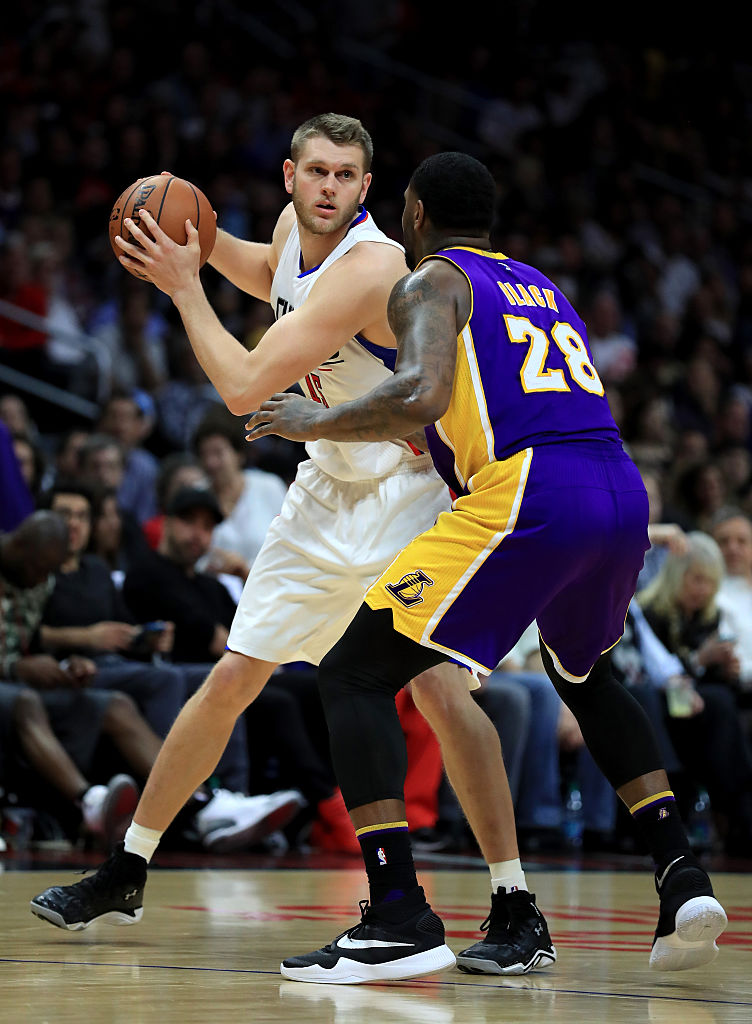
Another minimum contract signing for the Clippers, Cole Aldrich had a career season in LA.
While only playing 13 minutes per game and appearing in only 60 games, the veteran bruiser made his impact when he stepped on the court.
The backup to DeAndre Jordan is not a high usage position, but averaging around five points and five rebounds was exactly what Doc Rivers needed in his second big.
Aldrich even stepped in and played some minutes at the power forward position with Blake Griffin sidelined.
Aldrich made his strongest mark on the defensive end. He posted a valuable two defensive win shares and an outstanding 5.8 DBPM.
After a solid 2015-16, Aldrich played his way into a 3 yr/$22 million deal with his hometown Timberwolves.
Richard Jefferson– Cleveland Cavaliers
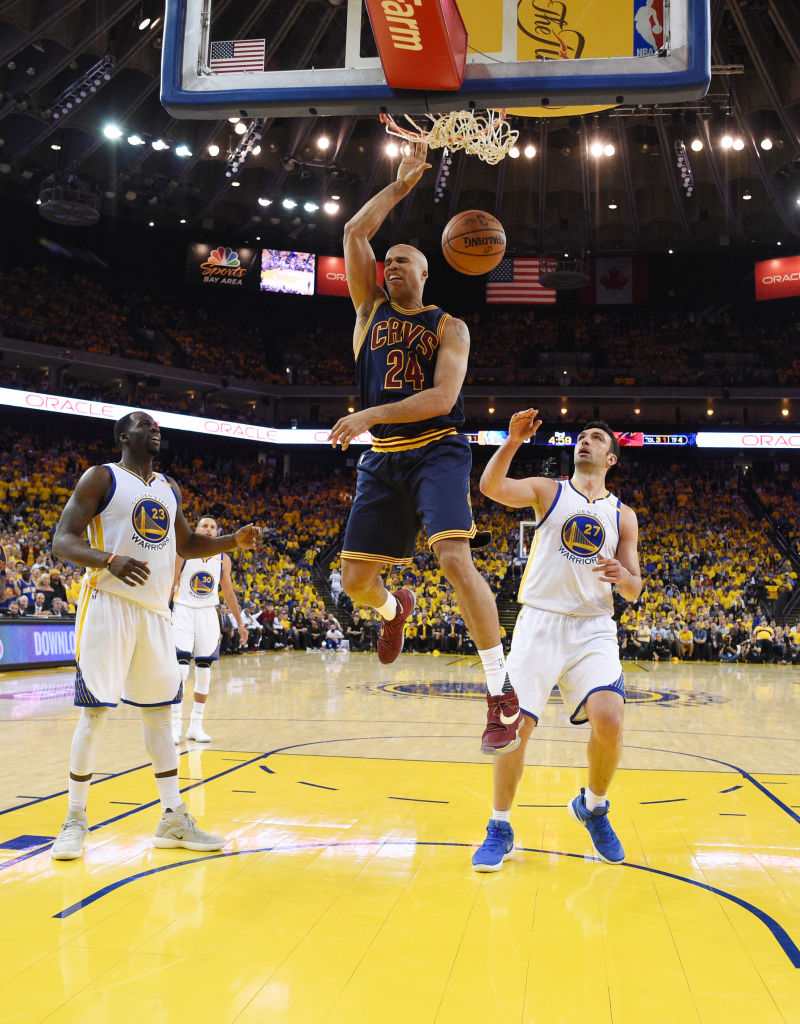
The 2015 offseason signalled the Cavaliers truly getting down to business.
Lebron James returned to his hometown team in 2014 and, flanked by Kyrie Irving and Kevin Love, made it to his fifth consecutive NBA finals.
His fairy tale return was crushed by the transcendent Warriors in six games.
In spite of the brutal result for Clevelanders, injuries to both Love and Irving in the playoffs left hope in the hearts of Cavs fans for a 2015-16 rematch with better results.
The finals made it clear that the 2014 Eastern conference champions needed a gritty veteran presence on the wing.
Having much of their money tied up in the big three, David Griffin and the front office team was left mostly with minimum contracts to retool the roster.
The most important call they made the entire offseason was to Richard Jefferson, who agreed to come to town on a veteran minimum deal.
RJ, in his 15th NBA season, had underwhelming impacts on the box score over the course of the season. That should not undersell his value to the Cavaliers.
Jefferson, who was joining his seventh NBA team, had an invaluable impact on defense and in the locker room. A friend of mine once referenced Jefferson to having “that grown man strength”, an intangible possessed by RJ and Lebron on this version of the Cavaliers.
While this trait doesn’t manifest itself tangibly in advanced statistics or analytics, the eye test clearly vouched for Jefferson’s value to the team.
Fast forward to game seven of the NBA finals in a rematch with Golden State, Jefferson was on the floor alongside the King as they closed out the Warriors as the first team in finals history to come back from a 3-1 deficit.
No one will singularly credit RJ for bringing Cleveland their first NBA title, but his role on the team was a key piece in taking down the Golden State Warriors.
2016-17
David West- Golden State Warriors
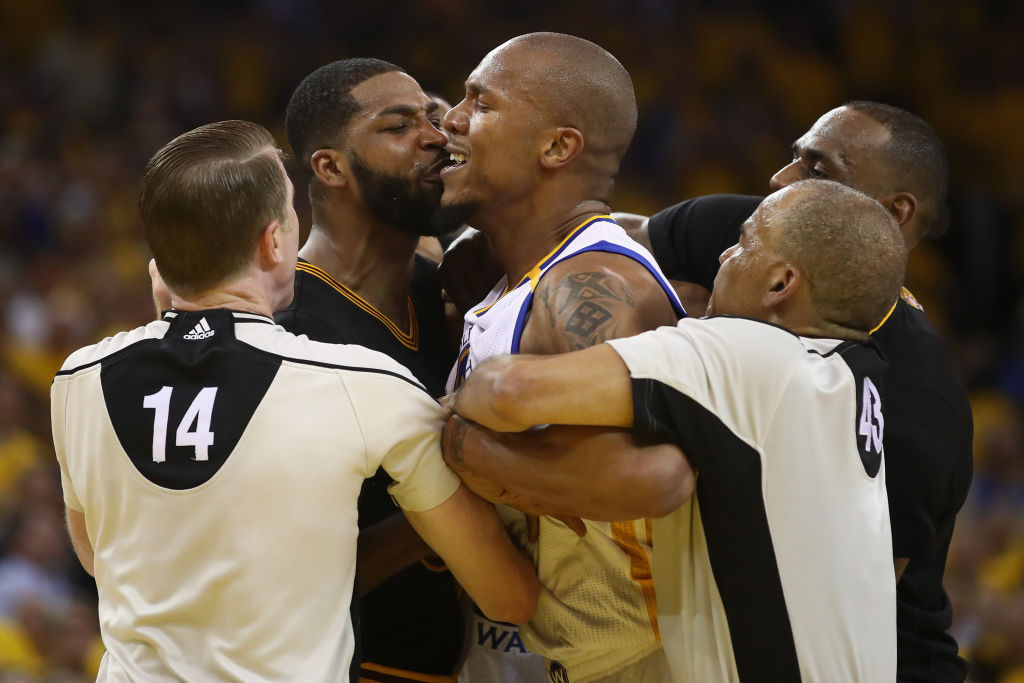
Golden State, fresh off a crushing finals defeat at the hands of the Cavaliers, did not enter the 2016 offseason with anxiety.
Steph Curry was banged up in the finals and Draymond Green missed a crucial game due to suspension. There was plenty of reason to believe that, with their full arsenal of weapons, they would fare better in the 2016-17 season.
Oh, and they signed Kevin Durant.
Due to previous cap constraints and the money required to sign Durant, Golden State was left with minimum contracts to fill out their roster.
Who could have a meaningful impact on an already star studded roster? How about a two time all star and 14 year veteran, David West?
West, fresh off a minimum contract with the San Antonio Spurs, could have earned more elsewhere. After a career with multiple lucrative deals, his priority was winning.
He only appeared in 68 games, averaging 12.6 minutes, but his impacts were evident especially in the playoffs.
Over the season, he posted quality DBPM and win shares, 3.9 and 2.6 respectively.
His playoff impact could most easily be compared to Richard Jefferson’s contributions to the 2015-16 Cavaliers. His grown man strength and tenacity provided a tough-nosed backbone for the team when Draymond Green was off the court.
Raising the trophy after a record setting playoff run paid off in full for West.
David Lee– San Antonio Spurs
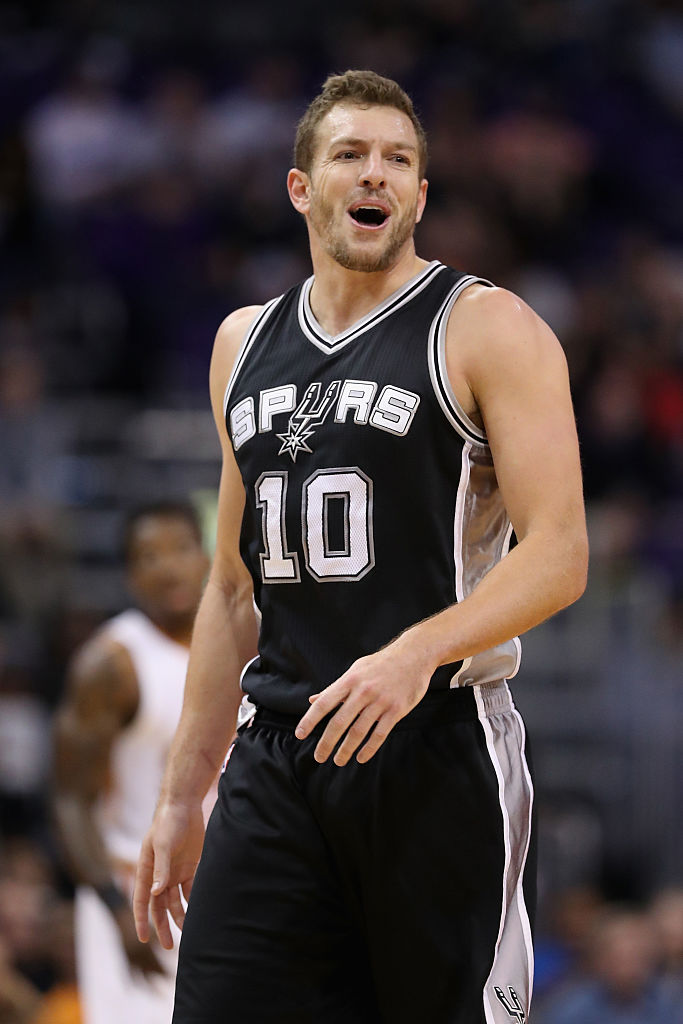
David Lee, much like West, entered the 2016 offseason entering a twilight years of his lucrative career.
The two time all-star decided to take his talents to San Antonio, the league’s picture of success and perennial contention.
Averaging 18.7 minutes and logging ten starts, Lee played an important role off the bench for the 61-21 Spurs.
Lee’s season stats were pedestrian at best but his impact as a key bench piece and veteran leader were undeniable.
The Spurs looked to give the Warriors a run for their money in the Western Conference Finals until a season ending injury to Kawhi Leonard derailed their plans.
Marreese Speights– Los Angeles Clippers
Entering his ninth year in the league, Speights was coming off a three year stretch with the Warriors where he cemented his role as a bonafide stretch big. His hallmark is his shooting, as evidenced by his nickname Mo Buckets, and his defense leave something to be desired.
What better fit for a player with his skill set than as the first big off the bench for the Clippers?
Playing next to DeAndre Jordan allowed Speights to hide on defense and his willingness to roam the perimeter opened up the paint on offense for DAJ.
Speights averages from the field, three, and the free throw line respectively (52%/37&/87%) put him dangerously near the 50/40/90 club reached by few.
For a 29 year old center on a veteran minimum contract, that’s not too shabby.
2017-18
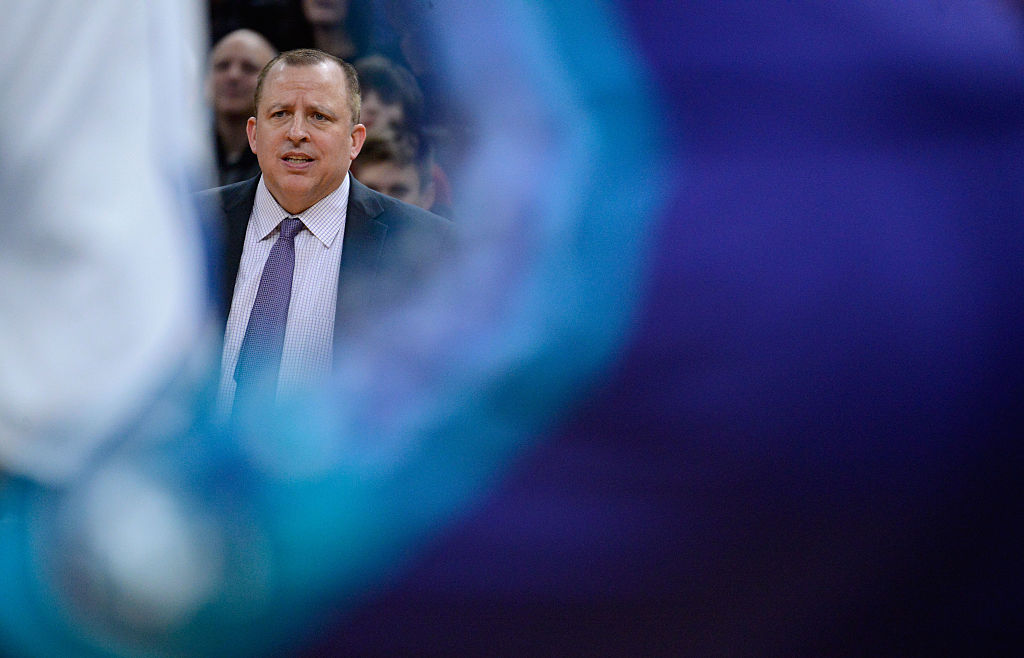
Entering the second month of free agency, we will begin to see more players agreeing to veteran minimum contracts. As the market dries up, players will begin to see the value in inking a deal while teams still have roster spots available.
Hopefully for the Wolves, there are still quality players available and there likely will be. Look out for names like Anthony Morrow, Gerald Green, Tony Allen, and Mike Dunleavy to be targets. Any of those names will be great, but whoever gets signed will be given a chance to succeed in a limited role.
What we can learn from this dive into recent history is that no team is going to find a franchise cornerstone on a veteran minimum contract, but there are certainly talented and qualified players out there capable of playing a meaningful role on a contending team.
All stats courtesy of Basketball-Reference.com. All photos courtesy of Getty Images.
Joey is a frequent contributor to the Howlin’ T-Wolf blog. Follow him on Twitter @ayoyo9112 and let him know your thoughts on the Timberwolves or for general basketball banter.
Add The Sports Daily to your Google News Feed!
